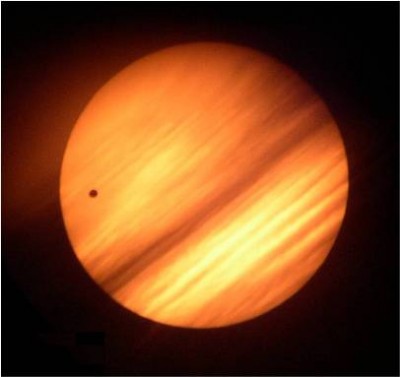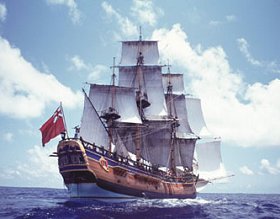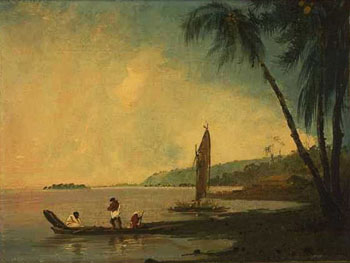
This article was last updated on April 16, 2022
Canada: ![]() Oye! Times readers Get FREE $30 to spend on Amazon, Walmart…
Oye! Times readers Get FREE $30 to spend on Amazon, Walmart…
USA: ![]() Oye! Times readers Get FREE $30 to spend on Amazon, Walmart…It only happens once every 120 years and scientists aboard the International Space Station will photograph the reason Captain Cook sailed to Tahiti
Oye! Times readers Get FREE $30 to spend on Amazon, Walmart…It only happens once every 120 years and scientists aboard the International Space Station will photograph the reason Captain Cook sailed to Tahiti
Captain Cook traveled to Tahiti in 1768 to see the planet Venus cross in front of the sun to watch the Transit of Venus. The newly discovered island was one of the best places on the earth to watch the once in 125 year event.
In a two days, astronauts and scientists on the International Space Station (ISS) will be able to get the best photographs in history of the Transit of Venus, a once in a century space event.

Venus looks large to us but it will appear just like a dot on the surface of the moon when it passes in front June 5th, during the Transit of Venus.
They will be shooting the pictures through the Italian made cupola that was installed on the February 2010 Mission to the ISS – Cupola Opened For First Time to 360 Degree View of the Universe.
The protective covering for the cupola glass will be removed. Normally it is kept in place to protect the cupola glass from space objects. Removing the shields will allow the astronauts a view that Captain Cook could only dream about. Of course, he didn’t have space travel or a camera back in 1768.
In 1768 they didn’t know the distance from the earth to the sun. They had some idea of the distance to Venus so the Transit of Venus was expected to provide new scientific evidence for their studies.
Captain James Cook, global explorer and scientist

“On August 12, 1768, His Majesty’s Bark Endeavour slipped out of harbor, Lt. James Cook in command, bound for Tahiti. The island had been “discovered” by Europeans only a year before in the South Pacific, a part of Earth so poorly explored mapmakers couldn’t agree if there was a giant continent there … or not.”
It was no accident that the space shuttle Endeavour was used to transport the cupola to the ISS would be used 2 years later to explore the Transit of Venus.
Cook and his fellow scientists had only rudimentary scientific devices compared to today’s children in school.

“Cook might as well have been going to the Moon or Mars. He would have to steer across thousands of miles of open ocean, with nothing like GPS or even a good wristwatch to keep time for navigation, to find a speck of land only 20 miles across. On the way, dangerous storms could (and did) materialize without warning. Unknown life forms waited in the ocean waters. Cook fully expected half the crew to perish.No wonder Cook and Banks had so little to say about the transit when it finally happened on June 3, 1769. Venus’ little black disk, which could only be seen gliding across the blinding sun through special telescopes brought from England, couldn’t compete with Tahiti itself.”
“This day prov’d as favourable to our purpose as we could wish,” wrote Cook in his log, “not a Clowd was to be seen … and the Air was perfectly clear, so that we had every advantage we could desire in Observing the whole of the passage of the Planet Venus over the Suns disk: we very distinctly saw an Atmosphere or dusky shade round the body of the Planet which very much disturbed the times of the contacts particularly the two internal ones.” Quoted from “James Cook and the Transit of Venus” Science at NASA
Tomorrow we hope to get a better view with the astronauts and scientists on the ISS.
Man has always pushed the boundaries of science. They were doing it during Captain Cook’s time and we are still doing it today.
By Stephen Pate, NJN Network

Be the first to comment